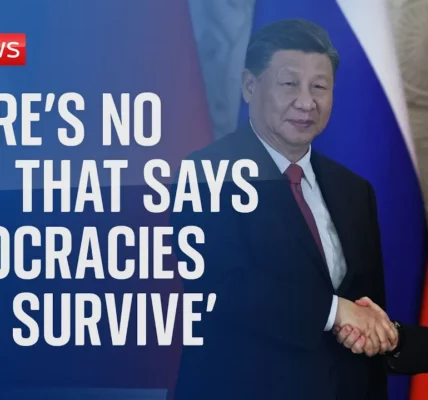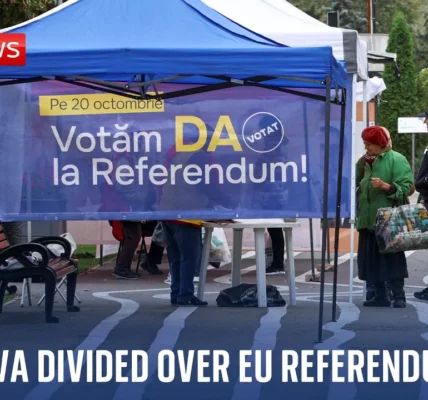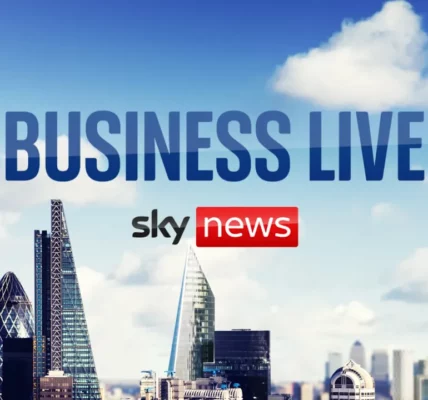The Royal Tour of Australia: A Historic Welcome and Key Meetings

Join us as we delve into the details of the Royal Tour of Australia, where King Charles and senior political figures engage in significant meetings that highlight both tradition and the contemporary political landscape.
Introduction
The Royal Tour of Australia marks a pivotal moment in the relationship between the British monarchy and the Australian people. With Her Excellency The Honorable Sam McMahon, the Governor-General, welcoming King Charles, this tour promises to celebrate Australia’s heritage while also addressing modern political dynamics, including the ongoing debate regarding Australia’s potential transition to a republic. This article will explore the key figures present during the tour, the significance of the meetings, and the cultural highlights that accompany this historic event.
Key Figures Welcoming the King
As the Royal Tour commenced, several prominent Australian leaders were present to greet King Charles. Among them were:
- Her Excellency The Honorable Sam McMahon, Governor-General of Australia
- Margaret Beasley, Governor of New South Wales
- Anthony Albanese, Prime Minister of Australia
- Chris Minns, Premier of New South Wales
This welcoming committee reflects the importance of the monarchy in Australia’s political landscape, as well as the respect for tradition and governance that accompanies such high-profile visits.
The Significance of the Royal Reception
Meeting with Senior Politicians
The lineup of officials included not only state governors but also senior politicians, such as Graham Fletcher, the Deputy Secretary from the Department of the Prime Minister and Cabinet. This interaction symbolizes the ongoing relationship between the monarchy and Australia’s political framework, where the Governor-General acts on behalf of the King, signing off on legislation and performing ceremonial duties.
Political Context and Controversy
Interestingly, there was notable controversy surrounding the attendance of state premiers at the reception. Chris Minns, although present, would attend the King’s visit in Sydney the following Tuesday due to scheduling conflicts. The absence of other political leaders has raised questions about their commitment to the monarchy amid growing discussions on republicanism in Australia.
The Cup of Tea with the Prime Minister
After the formalities, King Charles and the Governor-General were scheduled to have a private meeting with Prime Minister Anthony Albanese. This meeting is particularly significant given Albanese’s stance as a committed Republican, who previously promised a referendum on Australia’s status as a monarchy. However, the political priority seems to have shifted, with the focus moving away from divisive issues in favor of unity and cooperation.
During this informal gathering, various topics are likely to be discussed, reflecting both personal rapport and political strategy.
The Cultural Highlights of the Tour
Iconic Monuments and Celebrations
As part of the Royal Tour, the Sydney Opera House is set to be illuminated with images from previous royal visits, celebrating the historical ties between the UK and Australia. This event showcases not only the architectural beauty of the Opera House but also the cultural significance of royal engagements in Australia.
Public Engagement and Reaction
The public reaction to the Royal Tour has been mixed, reflecting a range of sentiments about the monarchy in contemporary Australia. While many celebrate the tradition, others express a desire for change, indicating a complex relationship between the Australian populace and the monarchy.
Conclusion
The Royal Tour of Australia serves as a reminder of the enduring relationship between the monarchy and the Australian people, even as discussions about the nation’s future unfold. With key figures in attendance and cultural landmarks illuminated in celebration, this tour promises to be a significant chapter in Australia’s history. As the debate on republicanism continues, the Royal Tour may also provide an opportunity for reflection on Australia’s identity. For further insights into the Royal Tour and its implications, check out our related articles on the Australian political landscape and the role of the monarchy.
“`




